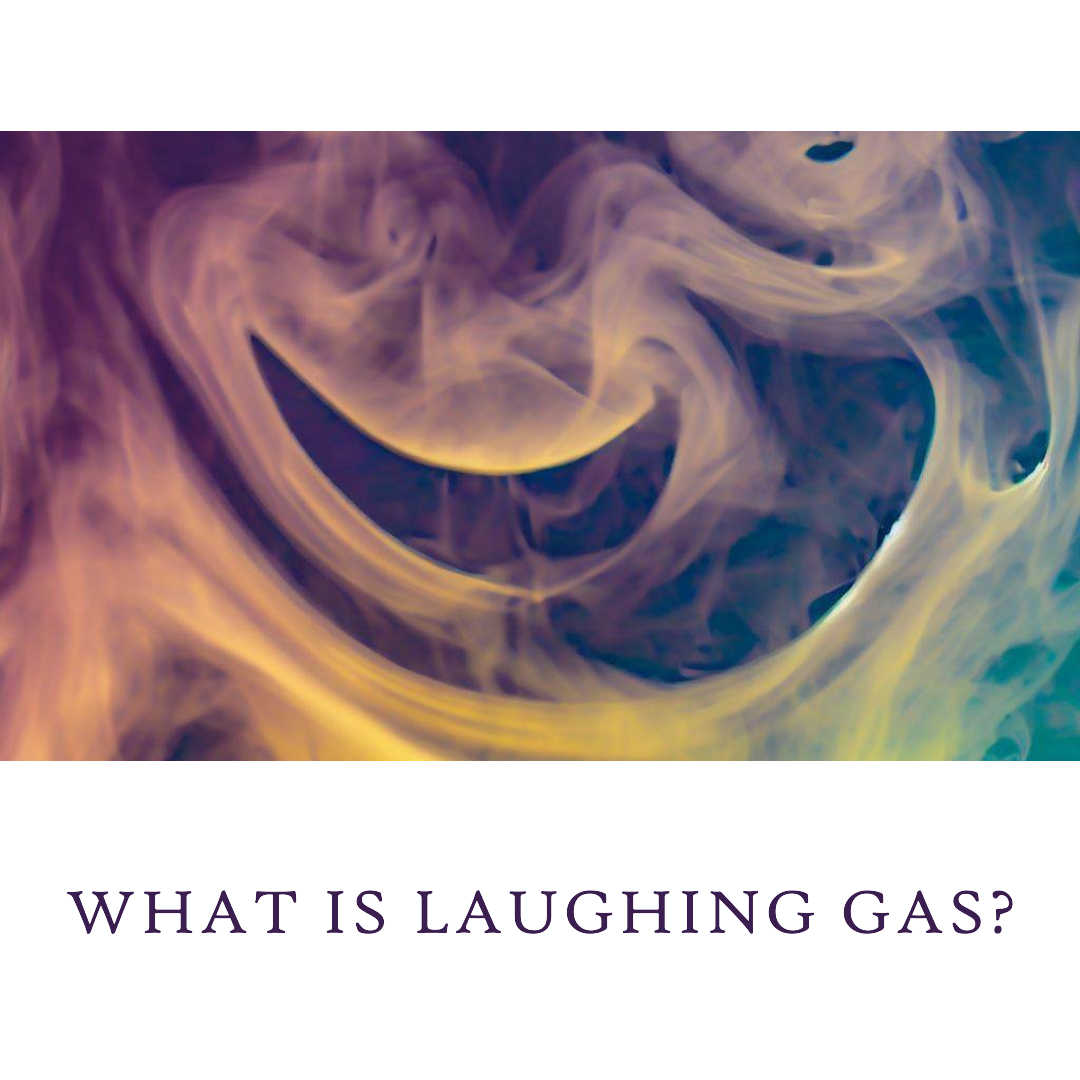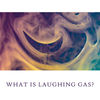What is laughing gas?
Laughing gas, scientifically known as nitrous oxide (N2O), is a colorless and sweet-smelling gas. It gained the nickname "laughing gas" due to its euphoric and sometimes giggly effects on individuals when inhaled. Nitrous oxide is used in various applications, including medical and dental procedures as a sedative and analgesic agent, as well as recreationally for its temporary euphoric effects.
Introduction: Nitrous oxide, commonly known as laughing gas, is a colorless and sweet-smelling gas that has found its way into various aspects of our lives. From medical and dental procedures to recreational use, this intriguing gas has captivated our attention. In this blog, we will delve into the world of laughing gas, exploring its history, applications, and potential risks.
-
Historical Background:
Nitrous oxide was first discovered in the late 18th century by English chemist and natural philosopher, Sir Humphry Davy. He initially referred to it as "laughing gas" due to the euphoric effects it induced. Over time, its properties and applications were further explored, leading to its use in both medical and non-medical settings. -
Medical and Dental Applications:
One of the primary uses of nitrous oxide is in medical and dental settings. When mixed with oxygen, it can serve as an effective sedative and analgesic agent. Nitrous oxide is administered through a mask, allowing patients to inhale a controlled mixture of the gas and oxygen. This induces a sense of relaxation, reduces anxiety, and provides pain relief during procedures such as dental work, minor surgeries, and childbirth. -
Mechanism of Action:
Nitrous oxide affects the central nervous system by interacting with various neurotransmitters, particularly gamma-aminobutyric acid (GABA) and N-methyl-D-aspartate (NMDA) receptors. It enhances the activity of GABA, a neurotransmitter responsible for inhibitory signals in the brain, resulting in sedation and anxiolysis. Furthermore, it inhibits NMDA receptors, reducing pain perception. -
Recreational Use:
Laughing gas has also gained popularity as a recreational substance, particularly in party or festival environments. In these settings, nitrous oxide is commonly inhaled from balloons or canisters. When used recreationally, the gas produces a temporary sense of euphoria, dizziness, and distorted perception. However, it's important to note that recreational use can be dangerous and potentially harmful if misused or abused. -
Potential Risks:
While nitrous oxide is generally safe when administered by professionals in controlled medical settings, there are risks associated with improper use or excessive exposure to the gas. Oxygen deprivation is a significant concern when inhaling nitrous oxide without proper supervision or in high concentrations. This can lead to loss of consciousness, dizziness, and in extreme cases, asphyxiation. Long-term recreational use may also have detrimental effects on the nervous system and overall health. -
Responsible Use and Regulation:
Given the potential risks associated with recreational use, it is crucial to emphasize responsible behavior and adhere to legal and safety guidelines. Education and awareness campaigns can help promote responsible use and discourage excessive or unsafe practices. Additionally, regulatory measures can be put in place to control the availability and distribution of nitrous oxide for recreational purposes.
Curated Video:
Statistics related to laughing gas:
| Aspect | Statistics |
|---|---|
| Medical Applications | Nitrous oxide is used in various medical procedures such as childbirth, minor surgeries, and endoscopy. |
| Prevalence in Dentistry | Nitrous oxide is utilized by an estimated 50-70% of dentists in the United Kingdom during dental treatments. |
| Global Nitrous Oxide Market | The global nitrous oxide market was valued at approximately USD 800 million in 2020 and is expected to reach USD 1.2 billion by 2026. |
| Nitrous Oxide Abuse | According to a national survey in the United States, around 21.4% of respondents aged 18-25 reported lifetime use of nitrous oxide for recreational purposes. |
| Environmental Impact | Nitrous oxide is a potent greenhouse gas, with approximately 300 times the warming potential of carbon dioxide. It contributes to climate change and stratospheric ozone depletion. |
Please note that the statistics provided are based on available data and may vary depending on different studies, regions, and timeframes.
Conclusion:
Laughing gas, or nitrous oxide, holds a fascinating place in our society. Its applications in medical and dental settings have provided countless patients with pain relief and anxiety reduction during various procedures. However, the recreational use of nitrous oxide requires caution, as improper usage can pose significant risks to health and safety. By understanding the potential benefits and risks associated with laughing gas, we can ensure its responsible and safe use in the future.
Remember, whether in a medical or recreational context, it is always essential to consult with professionals, follow guidelines, and prioritize personal well-being and safety when considering the use of nitrous oxide.
Discover More
Most Viewed
Christmas is a season of joy, love, and traditions. And what better way to get into the holiday spirit than through timeless carols? These musical gems have been bringing people together for generations. Here’s our ranked list of the Top 10 Christmas Caro…
Read More
















